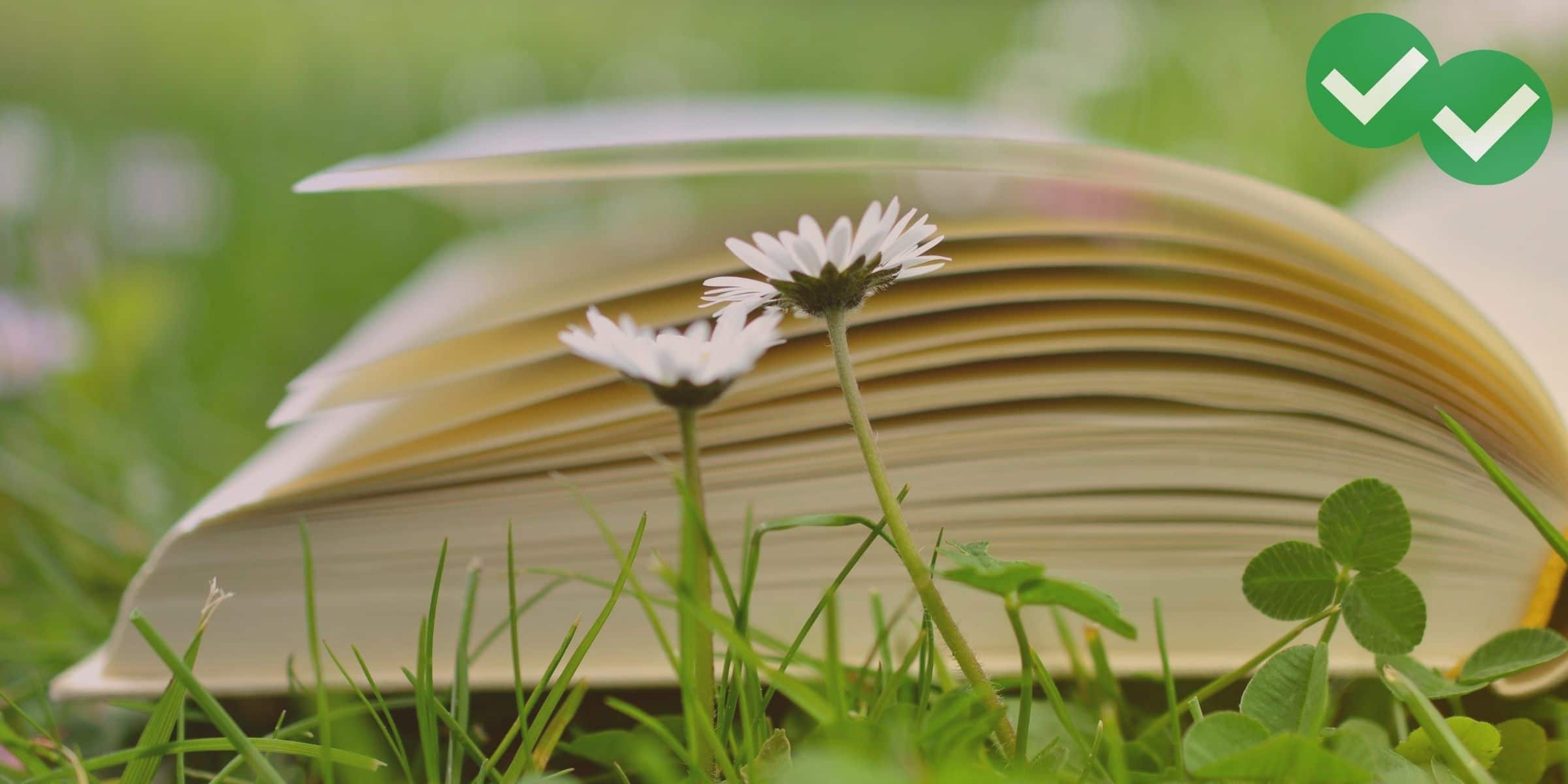This is the third of four posts about the use of punctuation in formal academic English-language writing. So far we’ve covered the period, comma, colon, semicolon, parentheses, and quotation marks.
In the entry on quotation marks in Part 2, I briefly touched on one use of apostrophes: their use as an internal quotation mark inside a quote from another source. But there’s a lot more to apostrophes than that. The other uses of apostrophes in formal written English are described below, followed by entries on the use of exclamation points and question marks in academic writing.
- Apostrophe
Apostrophes (’) look a lot like commas, but they appear next to the tops of letters instead of appearing near the bottom as commas do. Apostrophes are used in contractions, shortened versions of words with some letters left out. Common contractions include words such as “it’s” (short for “it is”) and “can’t” (short for “cannot”).This kind of contraction is not allowed in most conventions of academic writing; contractions are considered to be too informal for these purposes. But contractions still appear in academic writing, because contractions are common in speech; when a speaker is quoted in a piece of academic writing, their contractions are reproduced in written form. - The exclamation point
The exclamation point will seldom be used in formal academic writing. It’s much more common in semi-formal or informal writing that’s conversational in tone.It still is sometimes acceptable to use exclamation marks in formal academic writing. They can be used to a limited degree to engage readers and get their attention. And of course, if an academic writer is quoting a source that uses an exclamation point, this punctuation would be included in the quote.
Apostrophes are also used in possessive nouns, sometimes at the very end of the possessive, as in “cats’ different species” and sometimes at the end of a possessive but followed by an “s,” as in “Rachel Wisuri’s blog posts.” This special grammatical function of apostrophes is covered in these three posts.
- Question marks
I’ve saved the simplest, most obvious type of punctuation in English formal writing for last. Question marks look like this: ? …. And true to their name, they mark questions. You’ll see question marks appearing at the end of questions in academic textbooks, and you’ll use question marks to ask questions of your readers in your own academic writing.
In these last three posts, we’ve looked at the most well-known punctuation marks in academic writing. Students are expected to know about these kinds of punctuation and their proper use in their very first year of undergraduate studies.
Next, we’ll look at two types of punctuation that are less common, but important in advanced undergraduate writing and graduate level scholarly papers. Get ready for the ellipsis and the asterisk in Part 4. Stay tuned!






Leave a Reply